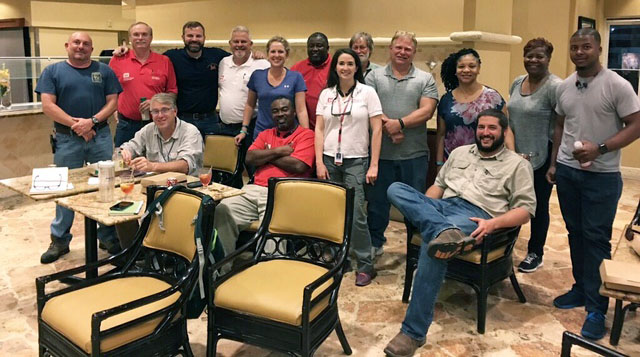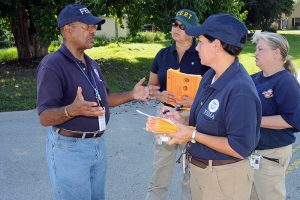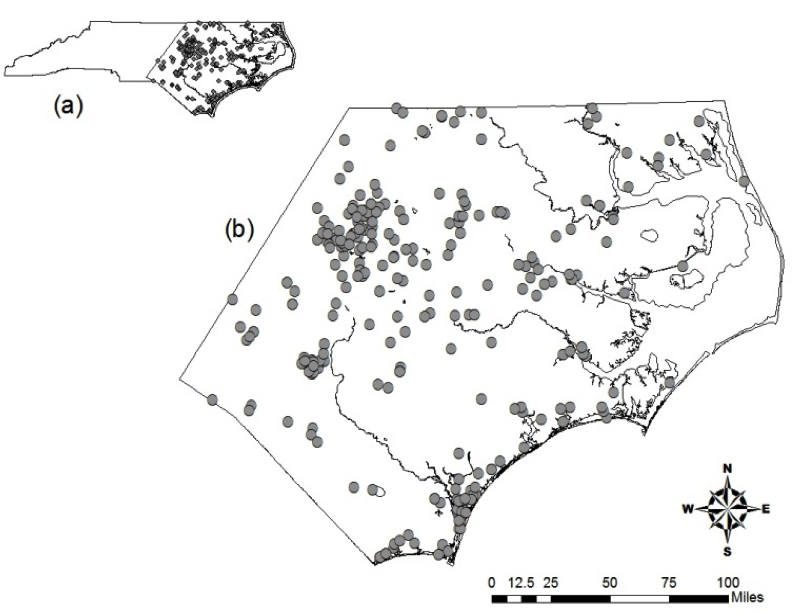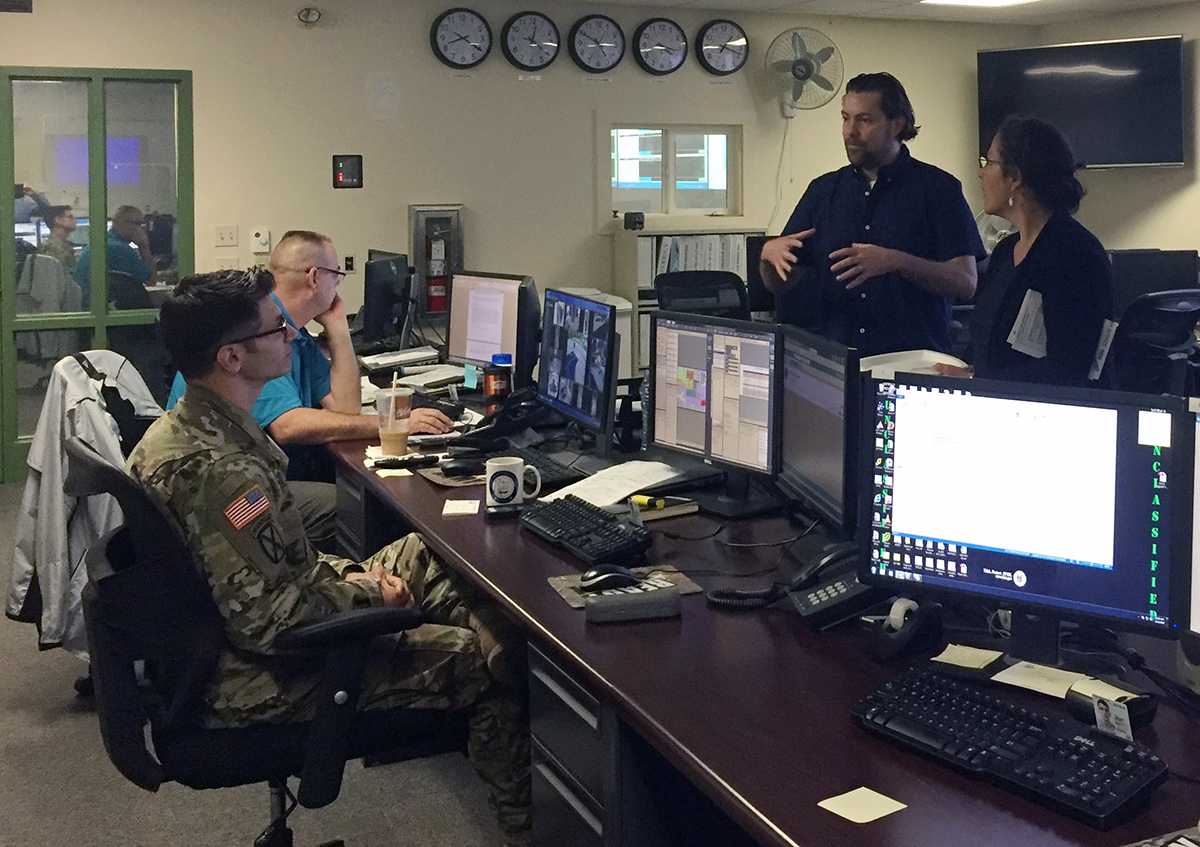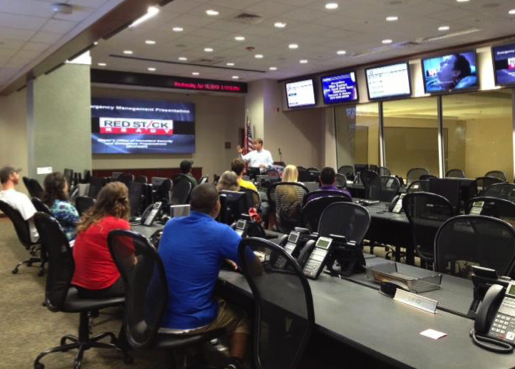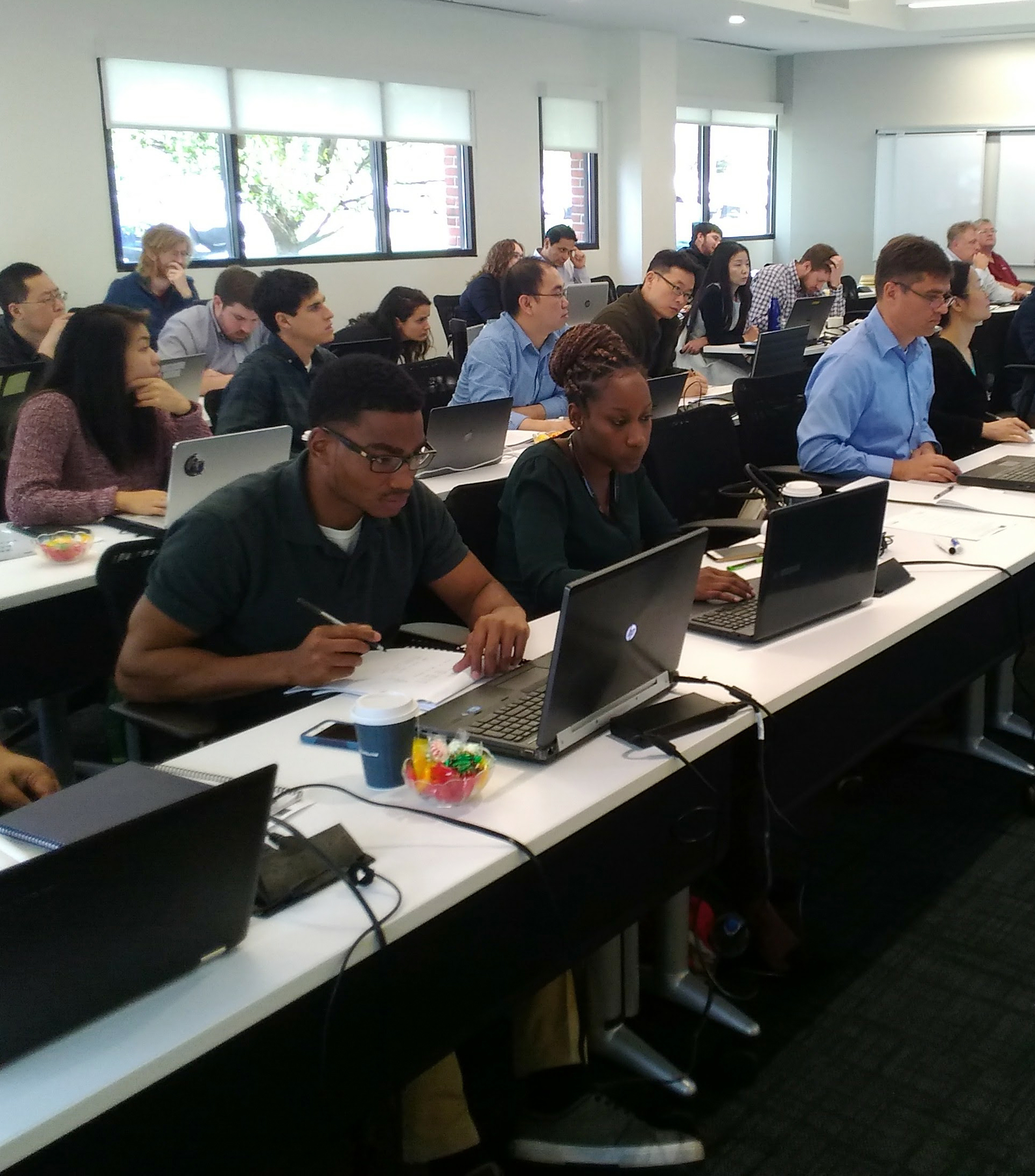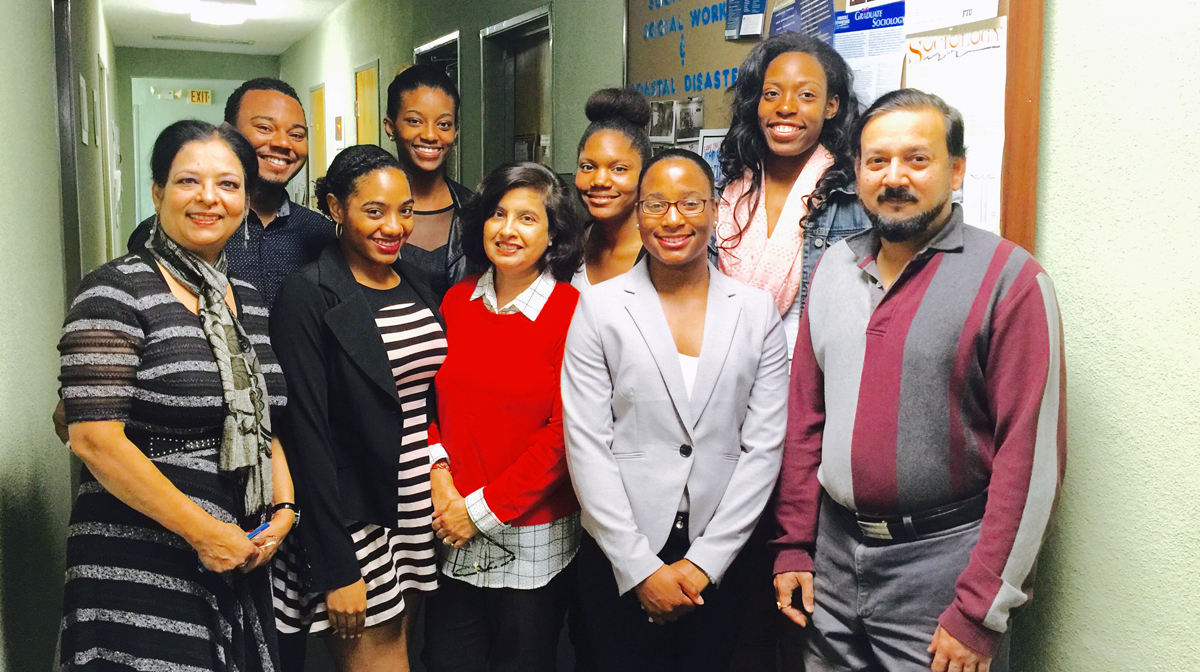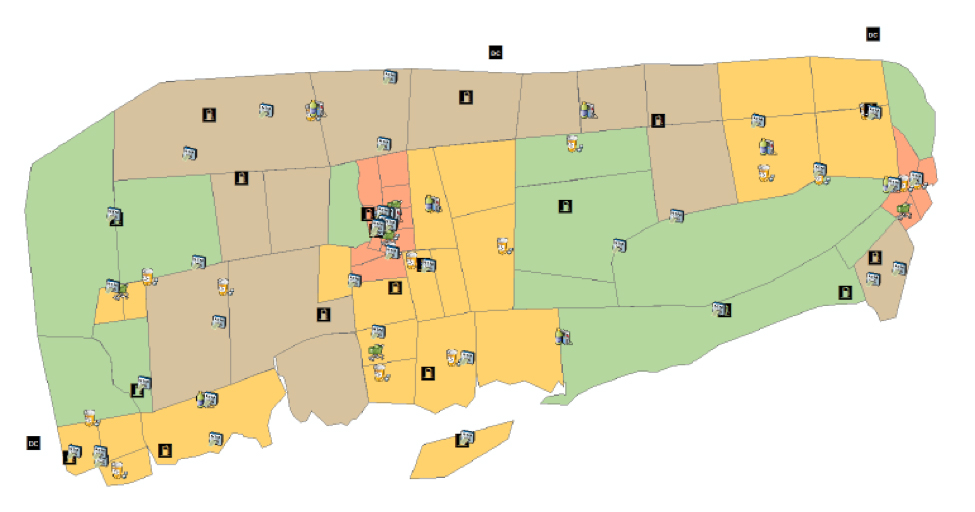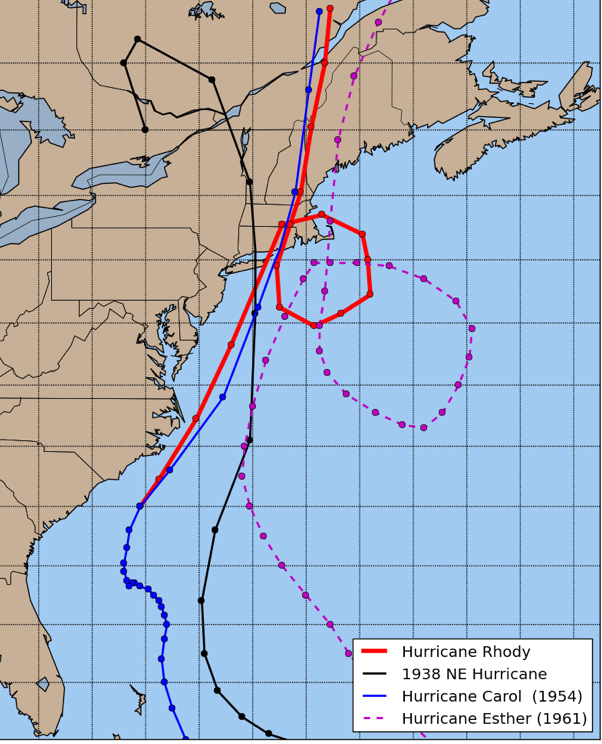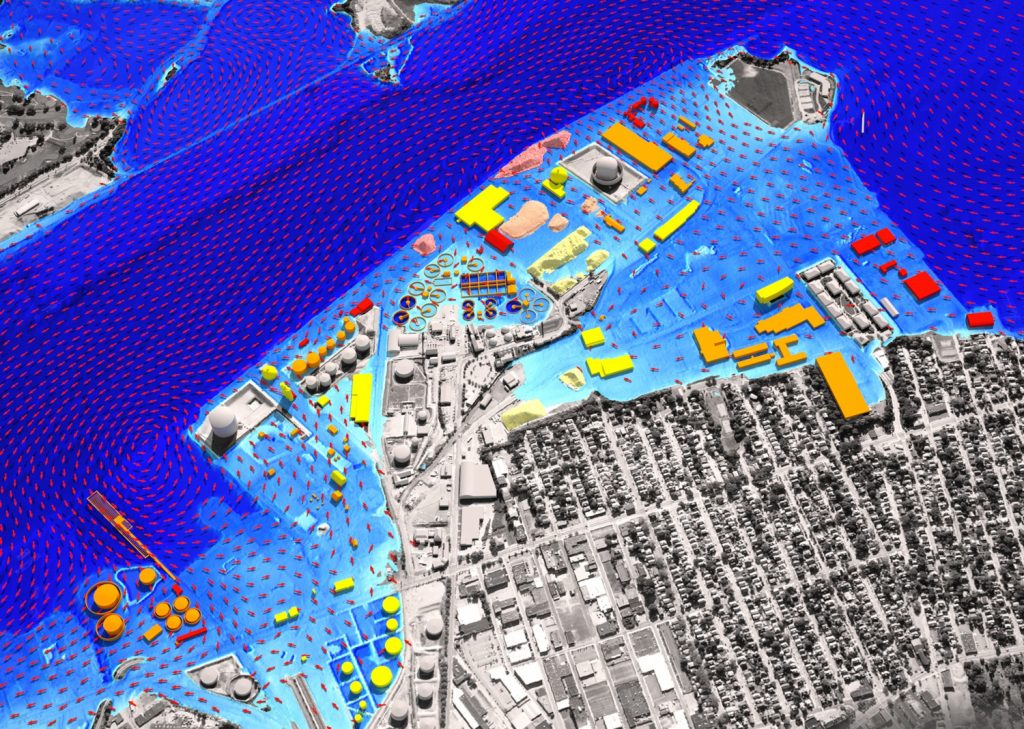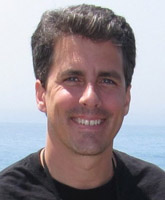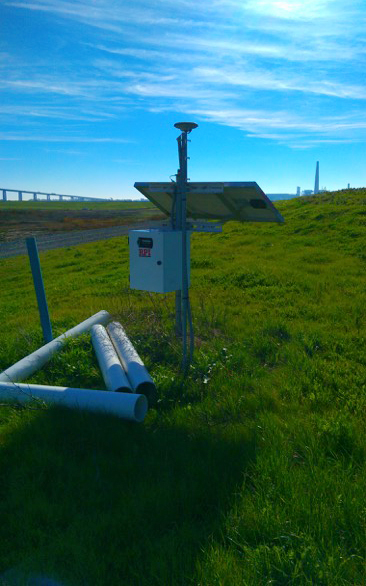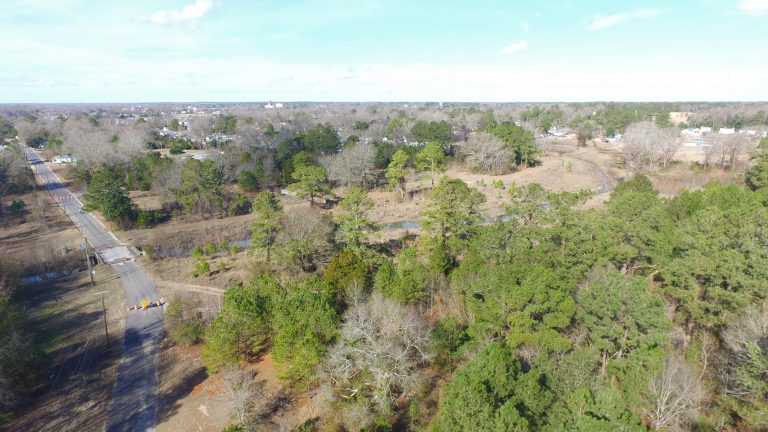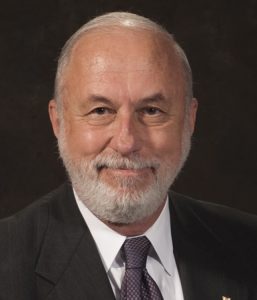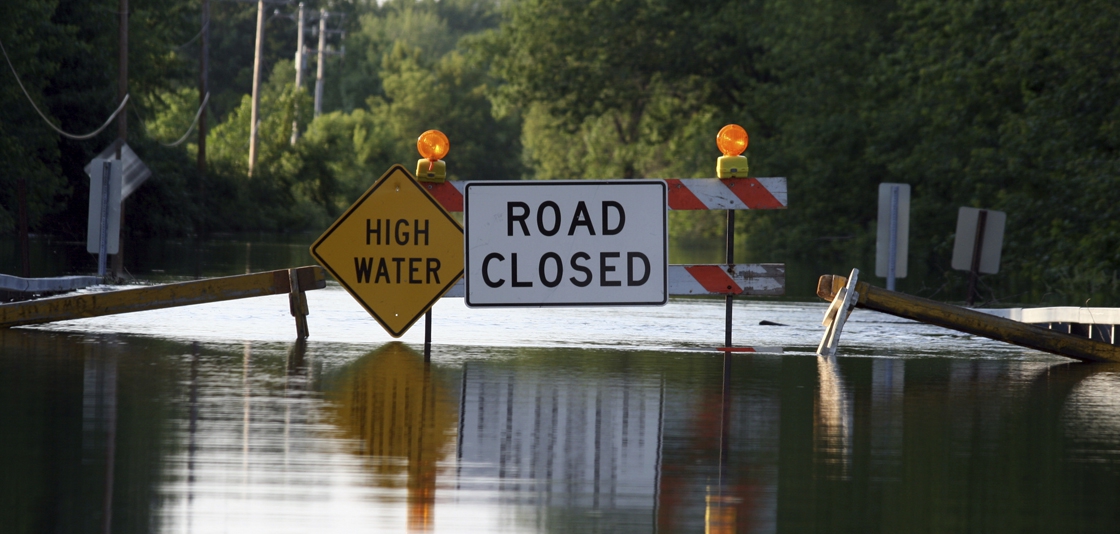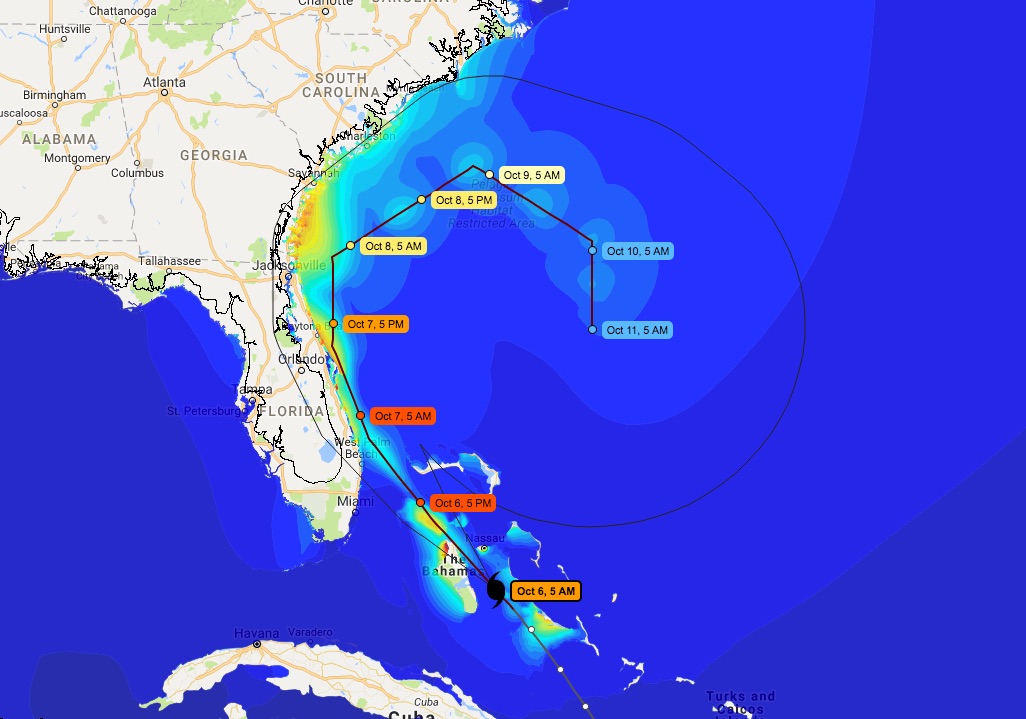Residents urged to get involved
When Hurricane Matthew flooded Princeville last fall, it marked the second time in less than 20 years that a flood nearly wiped out the town. Local, state and federal leaders vowed to work with the community to help them recover and figure out solutions to help preserve one of the country’s most historically significant towns.
This week, local and state leaders will host a five-day community design workshop to bring together teams of land use planners, engineers, architects and landscape architects to collaborate with local, state and federal officials to develop three scenarios for a new 52-acre tract of land that the state intends to buy. The parcel will include houses, businesses, infrastructure, public facilities and community open space in ways that ensure that the new space connects physically, socially, environmentally and economically to historic portions of town.
“Princeville has a deep, rich history and incredibly resilient people,” said Dempsey Benton, Governor’s Recovery Office director who is leading the hurricane recovery efforts. “The town has a rare opportunity to develop a new portion of land that will be better able to withstand flooding while still preserving this historic community.”
The design workshop begins Friday, Aug. 25. Various local and state officials will make technical presentations to the designers to outline the planning and visioning process and also describe the culture and history of Princeville, review local codes and standards, flooding history, floodplain management and hazard mitigation programs. Additionally, they will discuss levee issues and proposed solutions, and review best practices and lessons learned from other community design projects across the country. Friday afternoon, local officials will lead the design teams on a tour of the community.
During the day Saturday through Monday, the design teams will create three conceptual plans for Princeville’s future. Each evening from 6 to 8 p.m., the three teams will present their ideas at an open house to gather feedback from local residents and town leaders, then adjust the designs based on input they receive. Residents are encouraged to come multiple nights to see the evolving designs as they change based on public input.

